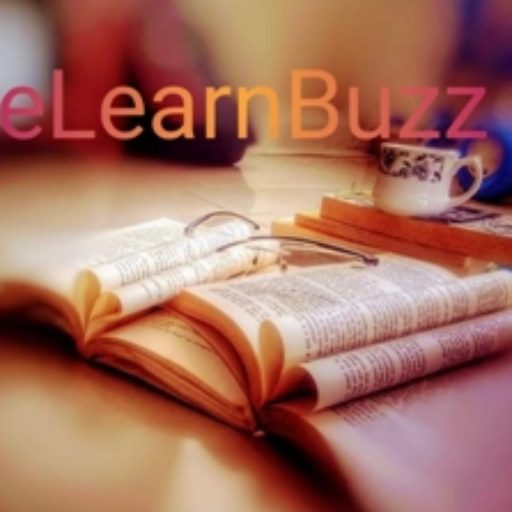30 Important EVS Questions for TET in Hindi
CTET, UPTET और दूसरे स्टेट TET exams में EVS से भोजन, स्वास्थ्य और स्वच्छता से अक्सर प्रश्न पूछे जाते हैं । इस पोस्ट में भोजन, स्वास्थ्य और स्वच्छता से पूछे गए 30 महत्वपूर्ण प्रश्न (30 Important EVS Questions in Hindi) बताए गए हैं। 30 Important Previous Years Important EVS Questions in Hindi 1- कुनेन नामक…
